Detailed introduction of Bucharest Academy of Economic Studies:
Introduction and Overview
The Bucharest Academy of Economic Studies is a public university in Bucharest, Romania. It is also one of the largest economic higher education institutions in Romania and Southeast Europe, and one of the five members of the Universitaria Consortium (Elite Romanian University Group).
History and Establishment
On April 6, 1913, it was established by royal decree of Carol I of Romania, named Higher Institute of Commerce and Industry.
In 1947, it merged with the Institute of Cooperative Studies to become the Institute of Commerce and Cooperative Studies.
In August 1948, it was transformed into the Institute of Economic Sciences and Planning on the model of Soviet higher education institutions.
In the 1967-1968 academic year, it was reorganized again and renamed the Bucharest Academy of Economic Studies, which is still used today.
School Strength
Faculty: It has about 1,500 administrative staff, able to provide professional teaching and guidance to students.
Disciplines and majors: There are 13 colleges, offering undergraduate, master and doctoral degree programs in economics, management, law, information technology and other fields, covering accounting and management information systems, economic cybernetics, statistics and economic informatics, international economic relations and other majors.
Research achievements: The school is positioned as a research institution, with 13 research centers recognized and supported by the National Higher Education Scientific Research Committee. It has carried out extensive scientific research activities in the fields of economics, business, management, etc., and has published a large number of scientific papers, with a certain international influence.
Nature of the institution
Public university, funded and managed by the Romanian government.
Educational philosophy
Focus on combining economics with software development, cultivating experts who adapt to the information age, emphasizing the combination of theory and practice, focusing on cultivating students' innovation ability, practical ability and teamwork spirit, so that students can be competitive in the economic field.
Key laboratories and disciplines
Key laboratories: The school has multiple research centers, such as the Business Information Technology Department, but no special key laboratories are mentioned.
Advantageous disciplines: It has strong strength and high reputation in disciplines such as economics, economic cybernetics, statistics and economic informatics. In the 2024 QS Economics Ranking, the school ranks 401.
Faculty
Including 13 colleges including the School of Accounting and Management Information Systems, the School of Economic Cybernetics, the School of Statistics and Economic Information, the School of Economic Theory and Application, the School of Agricultural Food and Environmental Economics, the School of Finance, Insurance, Banking and Stock Exchange, the School of International Economic Relations, Bucharest Business School, the School of Public Administration, the School of Business Administration with Foreign Languages, the School of Management, the School of Marketing, and the School of Law.
Ranking
Ranked 171 in the 2022 QS Emerging Europe and Central Asia.
It is the highest ranked university in Romania in the THE 2021 World University Rankings.
In the 2018 Shanghai Ranking, it was listed as the best economic university in Romania, ranking 201-300 in the world.
Fees
The annual tuition fee for international students is about 2,700 euros for undergraduates and about 3,600 euros for postgraduates.
Campus Environment
Campus Facilities: The main campus is located in Romana Square in the center of Bucharest. It has modern teaching buildings, libraries, laboratories, computer centers and other teaching facilities, as well as student dormitories, canteens, gymnasiums and other living facilities.
Academic Atmosphere: The strong academic atmosphere often holds various academic lectures, seminars, academic conferences and other activities, providing a broad academic exchange platform for teachers and students.
Cultural Activities: The school pays attention to the comprehensive quality training of students and organizes a variety of campus cultural activities, such as cultural festivals, sports competitions, art exhibitions, etc., which enrich students' extracurricular life.
-

Grigore T. Popa University of Medicine and Pharmacy
-
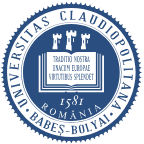
Babes-Bolyai University
-
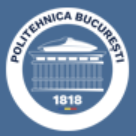
Politehnica University of Bucharest
-
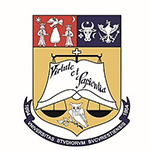
University of Bucharest
-
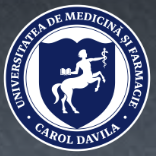
Carol Davila University of Medicine and Pharmacy
-
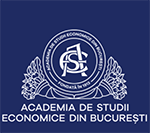
Bucharest Academy of Economic Studies
-

Technical University of Cluj-Napoca
-

1st December 1918 University of Alba Iulia
-

West University of Timisoara
-
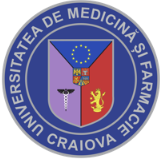
University of Medicine and Pharmacy of Craiova
-

Mesoamerican University
-

Istmo University
-

Mariano Galvez University of Guatemala
-

Regional University of Guatemala
-

Galileo University
-

Francisco Marroquín University
-

Rafael Landívar University
-

University of the Valley of Guatemala
-

University of San Carlos of Guatemala
-

Technological Institute of Tlaxcala Plateau
-

Golfo University
-

Technological University of South Sonora
-

Technological University of Huejotzingo
-

Tizimín Institute of Technology
-

Chilpancingo Institute of Technology
